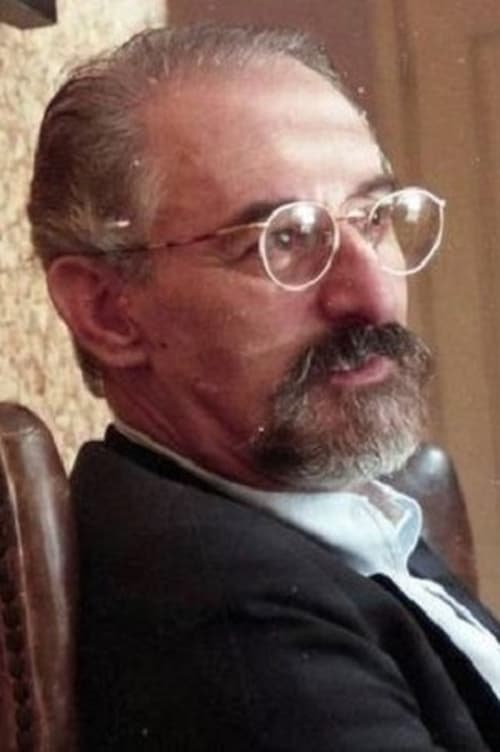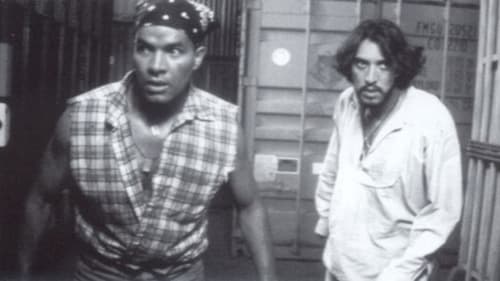Ciro Durán
Nacimiento : 1937-12-16, Convención, Norte de Santander, Colombia
Muerte : 2022-01-10
Historia
Ciro Durán (December 16, 1937 - January 10, 2022) was a Colombian filmmaker, screenwriter and producer with an extensive career that began in the 1960s. He is best known for his documentaries Gamín (1978) and La Guerra del Centavo (1985) and for his feature films La Nave de los Sueños (1996) and La Toma de la Embajada (2000), his last directorial effort. He is considered one of Colombia's most outstanding filmmakers of the 20th century.
Ciro Durán studied high school at the Colegio Nacional José Eusebio Caro in Ocaña. He began university studies in Chemistry and Mathematics at the National University of Colombia in Bogota, but the theatrical environment eventually led him to devote himself to film. In Caracas, where he lived from 1961 to 1967, he studied Film and Theater with the renowned theater director and filmmaker Román Chalbaud.
His debut as a director and producer was in 1962 when he shot the medium-length film "La paga" in Venezuela, based on an original script about the peasant struggle. As a result of this production, Durán was hired in 1968 to direct the Colombian-Venezuelan co-production "Aquileo Venganza", entirely filmed in Villa de Leyva, Colombia, a western framed in the Thousand Days War about land dispossession. From there he moved to Bogota where he produced several internationally awarded documentary shorts, such as "Corralejas de Sincelejo y Tayrona" co-directed with Joyce Ventura. After several years working on the issue of abandoned children, in 1978 his production company released "Gamín", a feature documentary that follows the lives of several minors living on the streets of Bogota, from the youngest to the oldest. "Gamín" was awarded several prizes such as the Donostia prize for best director at the San Sebastian Film Festival and was premiered at the Cannes Film Festival. It was also shown in cinemas and television channels in France, the United Kingdom and Germany, among others.
After making "Children of Two Worlds" (made in Germany GDR 1979) and a second feature documentary in co-production with Germany, "The Penny War" and "Comment vont les enfants. Carmelo" co-directed with Jean-Luc Godard, Anne-Marie Miéville, Lino Brocka, Rolan Bykov, Jerry Lewis and Euzhan Palcy, Durán went on to make fiction feature films, including the Paramount Pictures production "Nieve Tropical" with Madeleine Stowe and David Carradine, "La nave de los sueños" and "La toma de la embajada", a political film about the seizure of the Dominican Republic embassy by the M-19 guerrilla group. He has also been a juror in several film competitions such as the Leipzig Film Festival 1978, Moscow 1981, Montreal 1984, being considered today as one of the most outstanding Colombian filmmakers of the twentieth century. On January 28, 1997, Durán returned to Convención and Ocaña after many years of absence to present his film La nave de los sueños, which was screened at the Leonelda Cinema in the presence of José Antonio Amaya Martínez.




